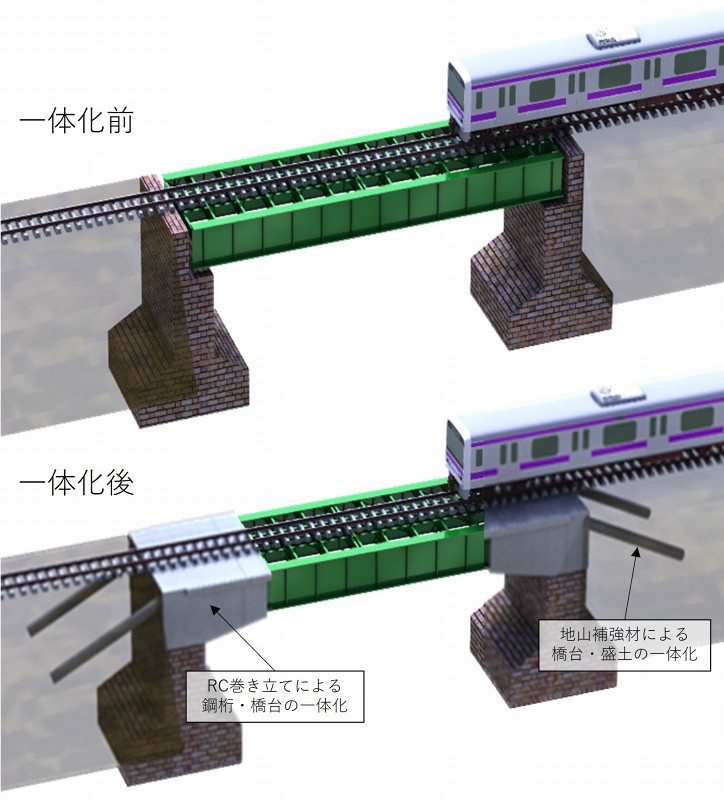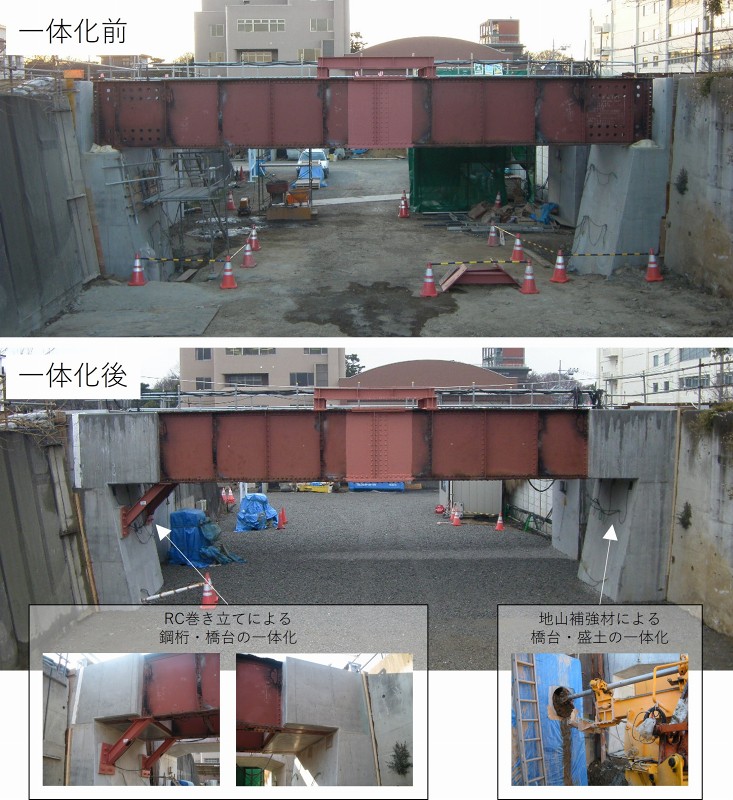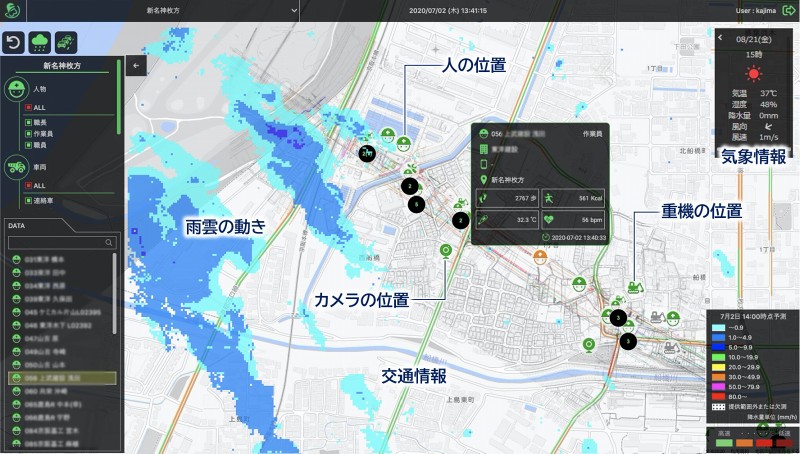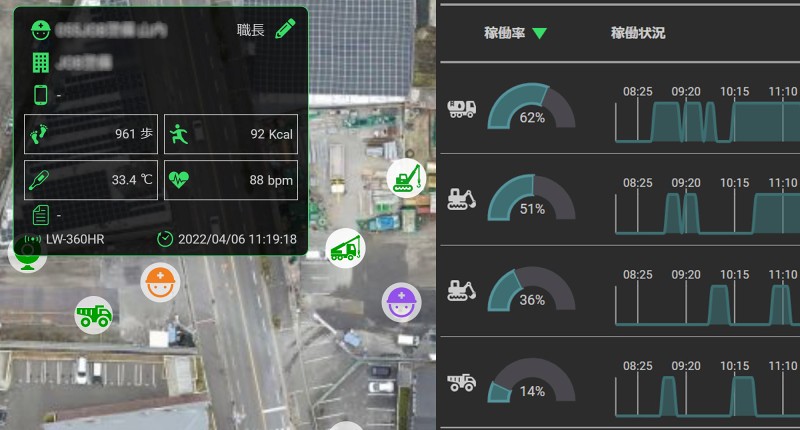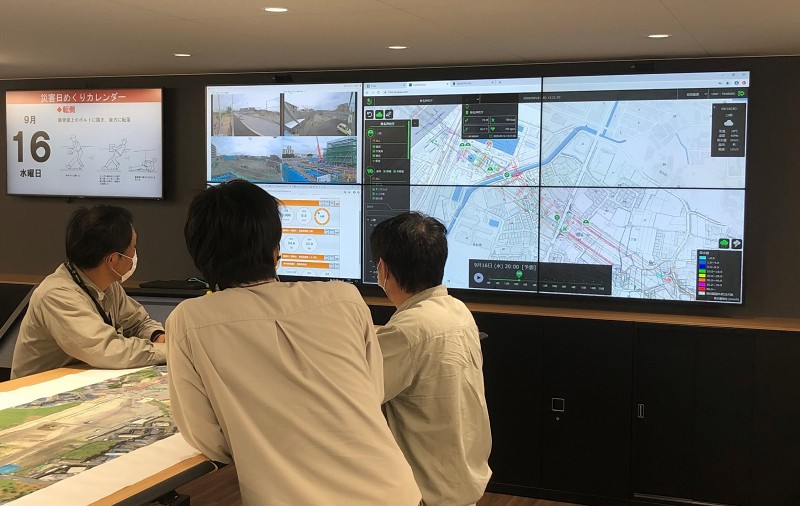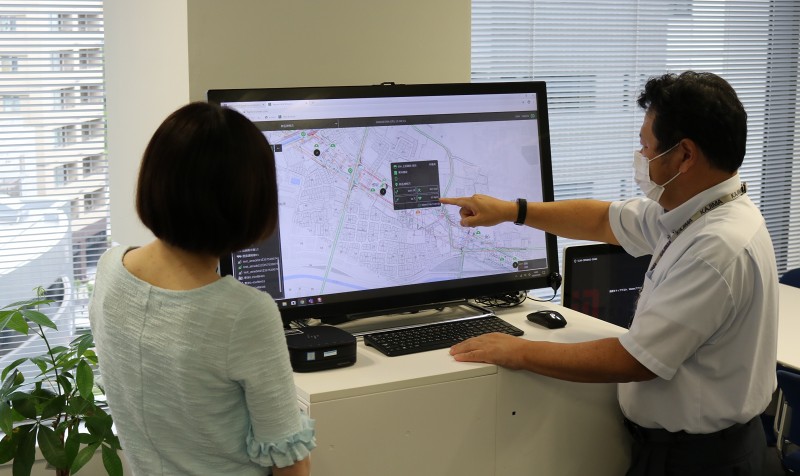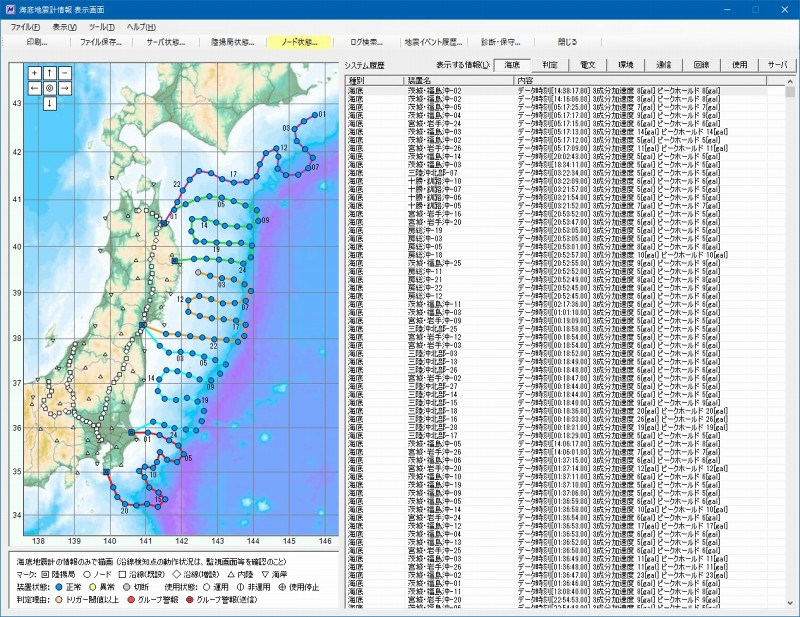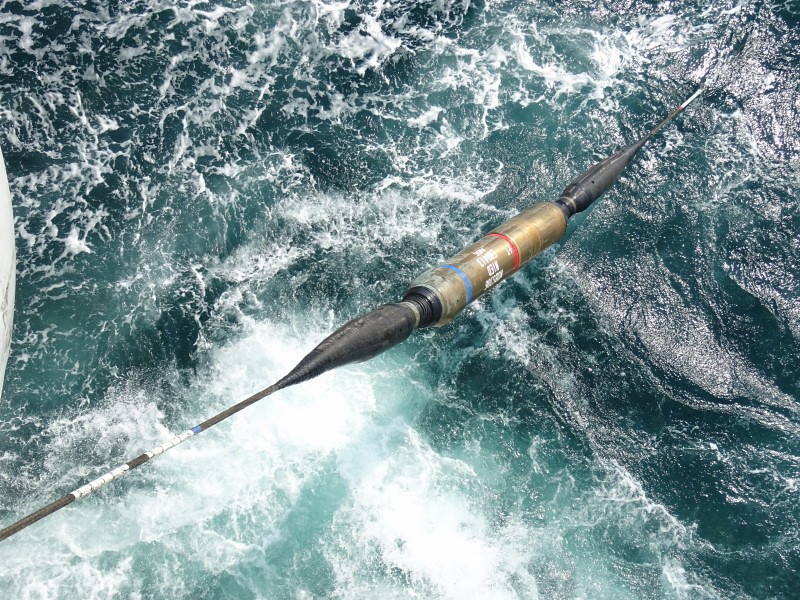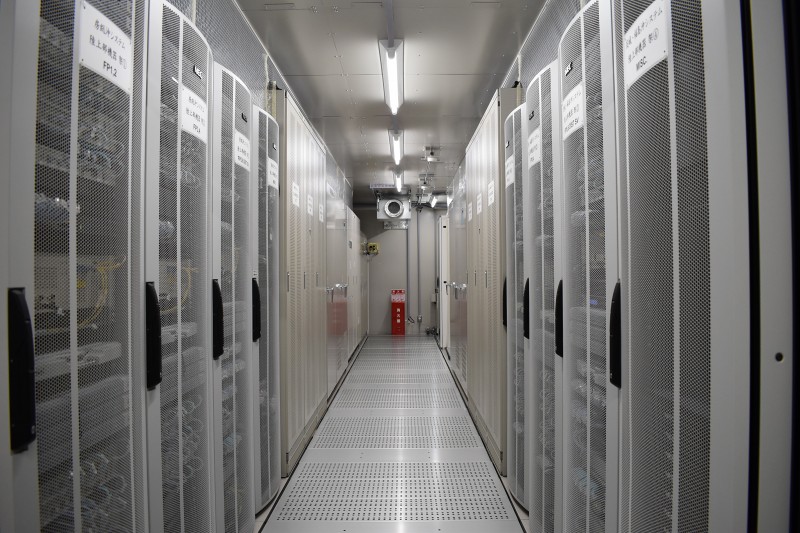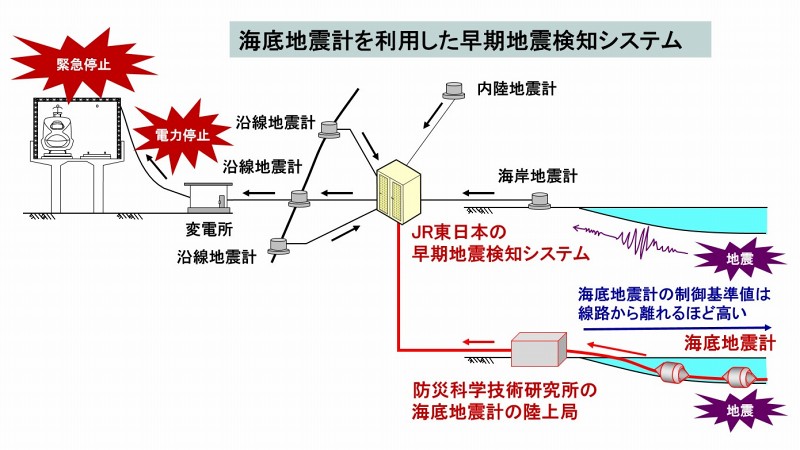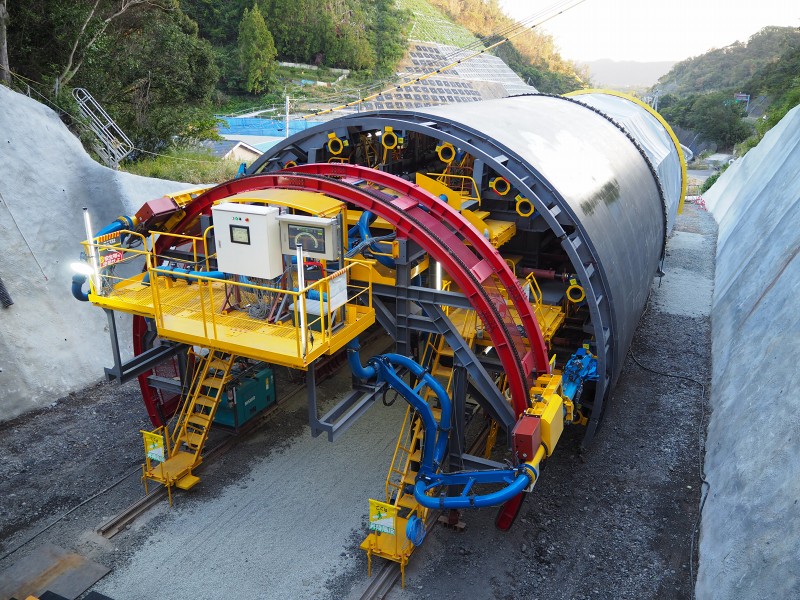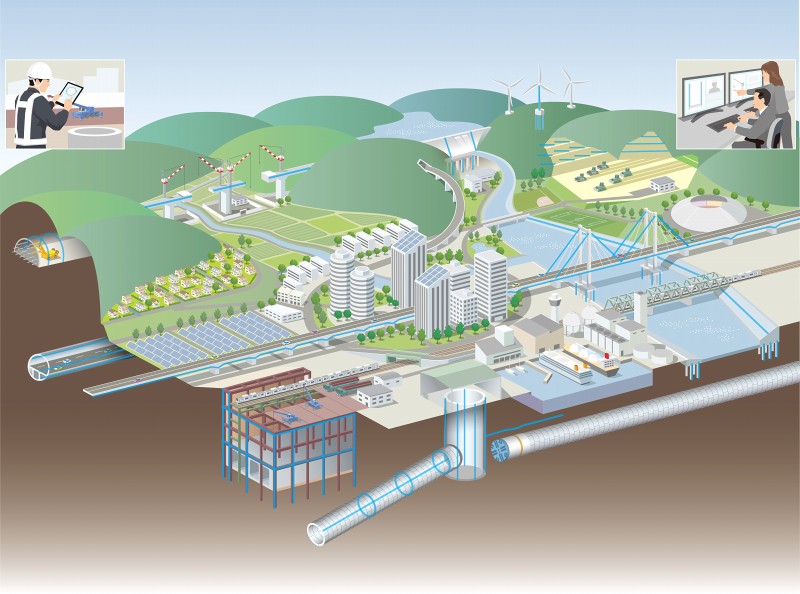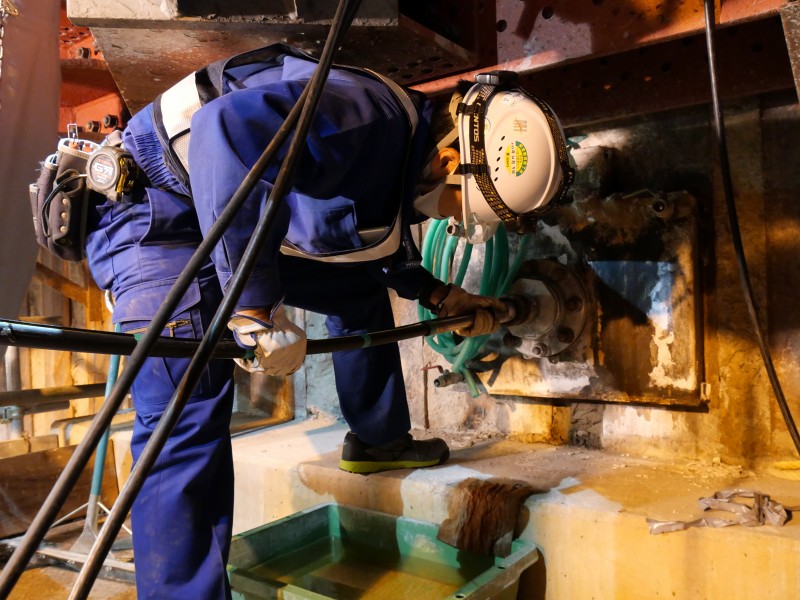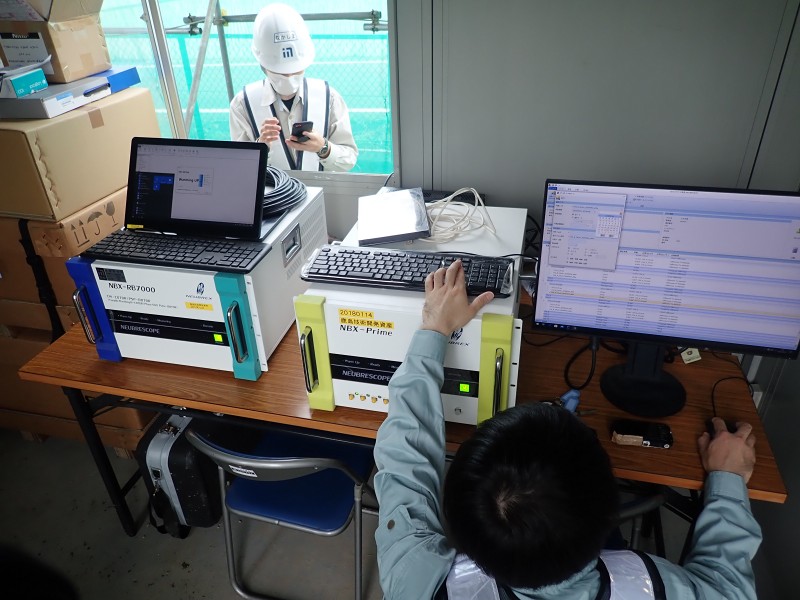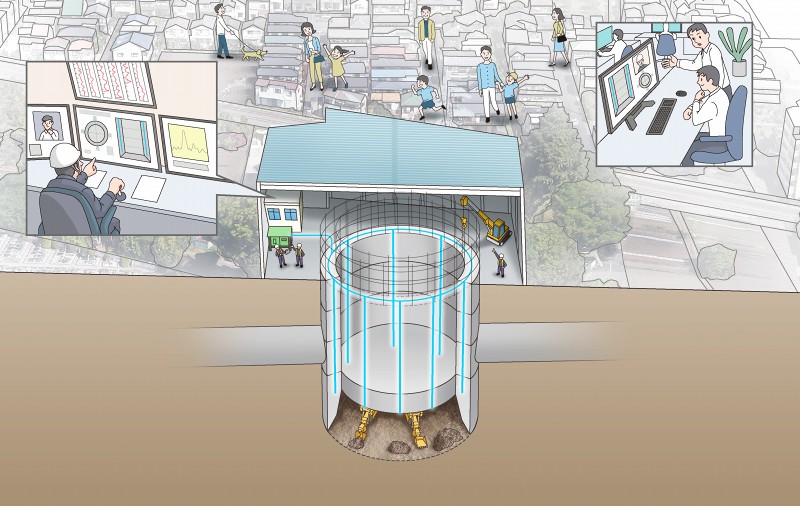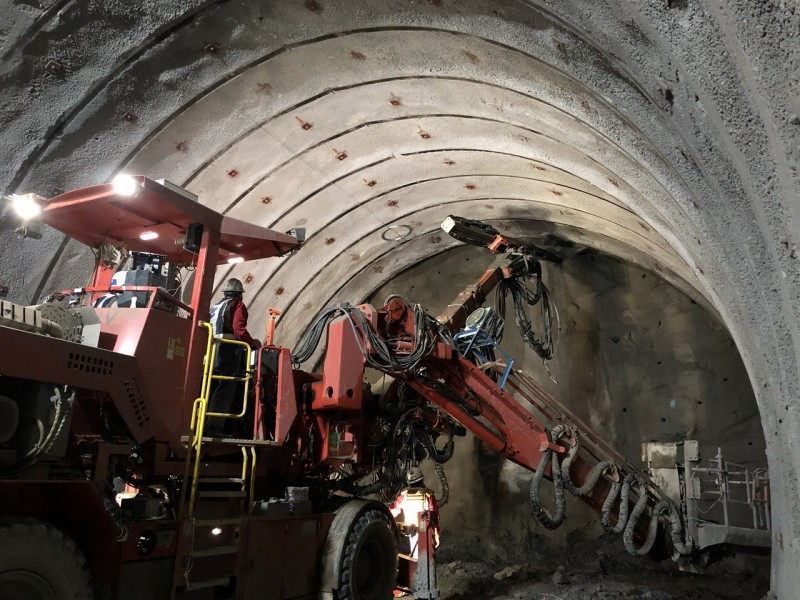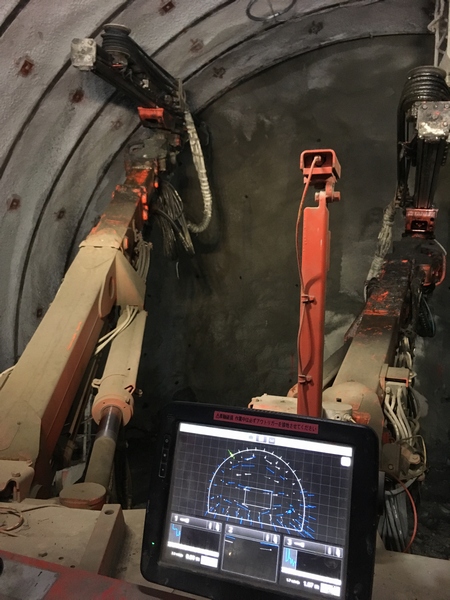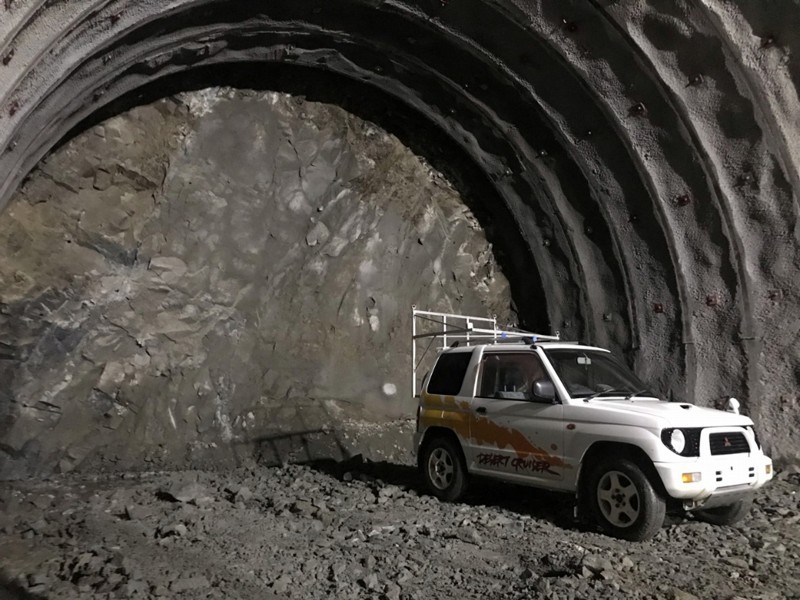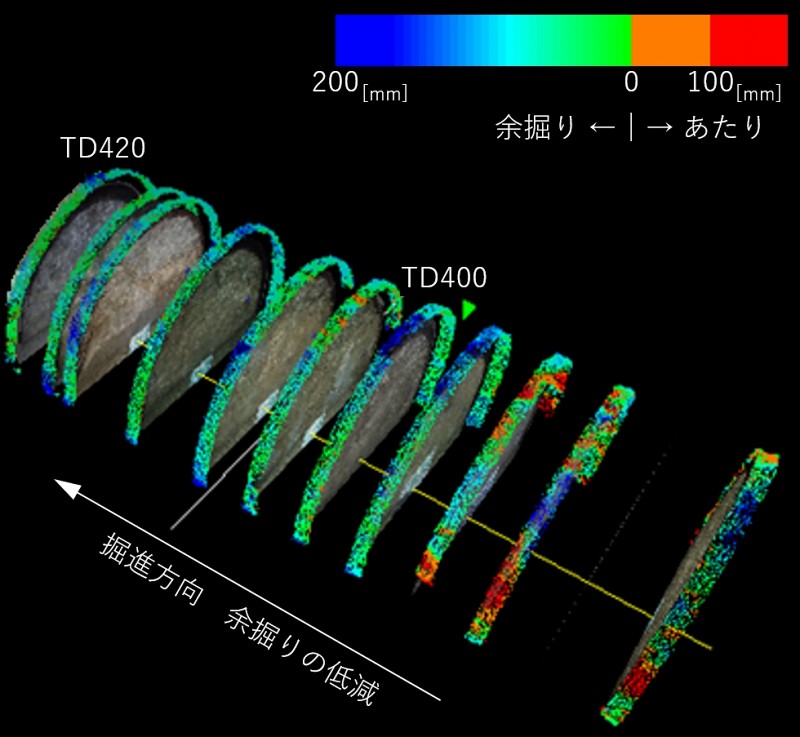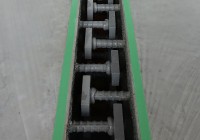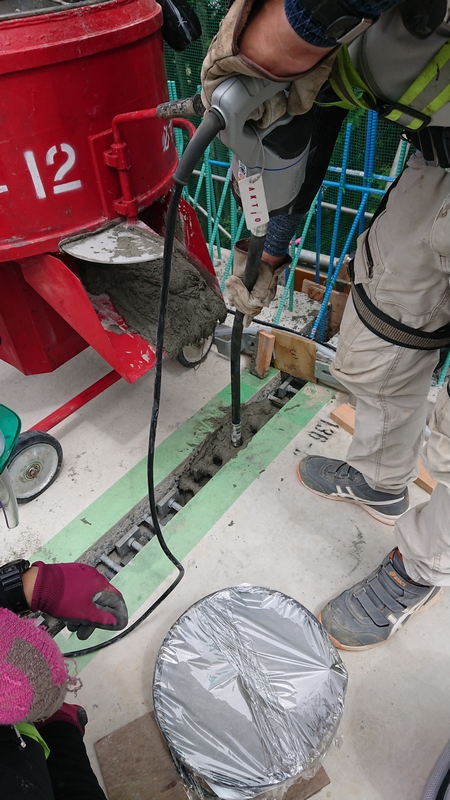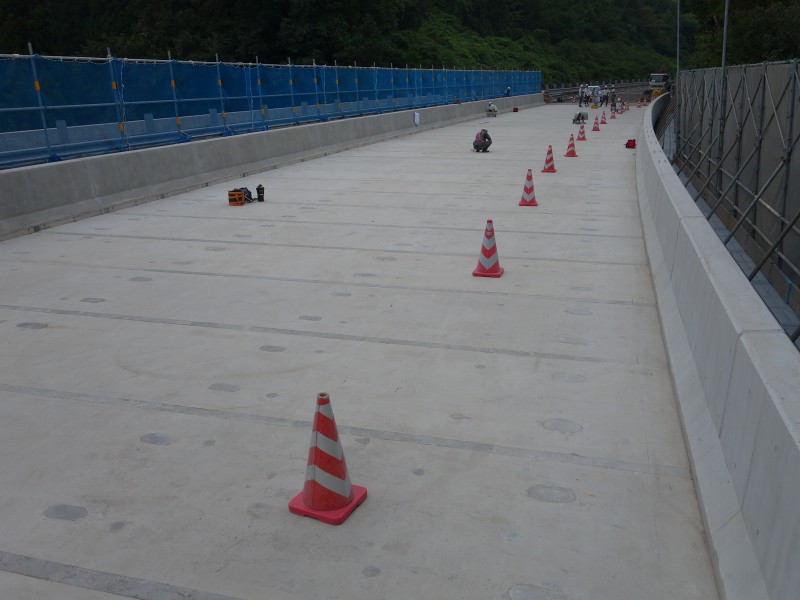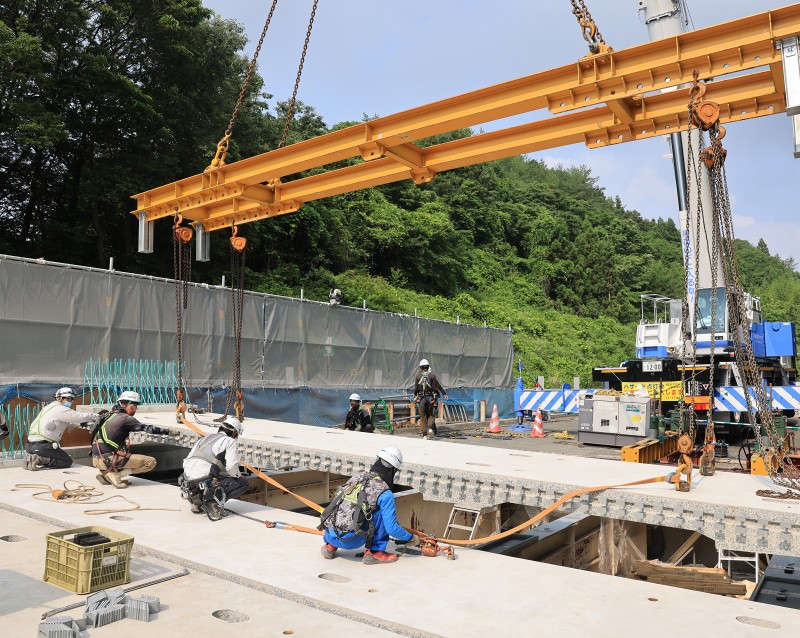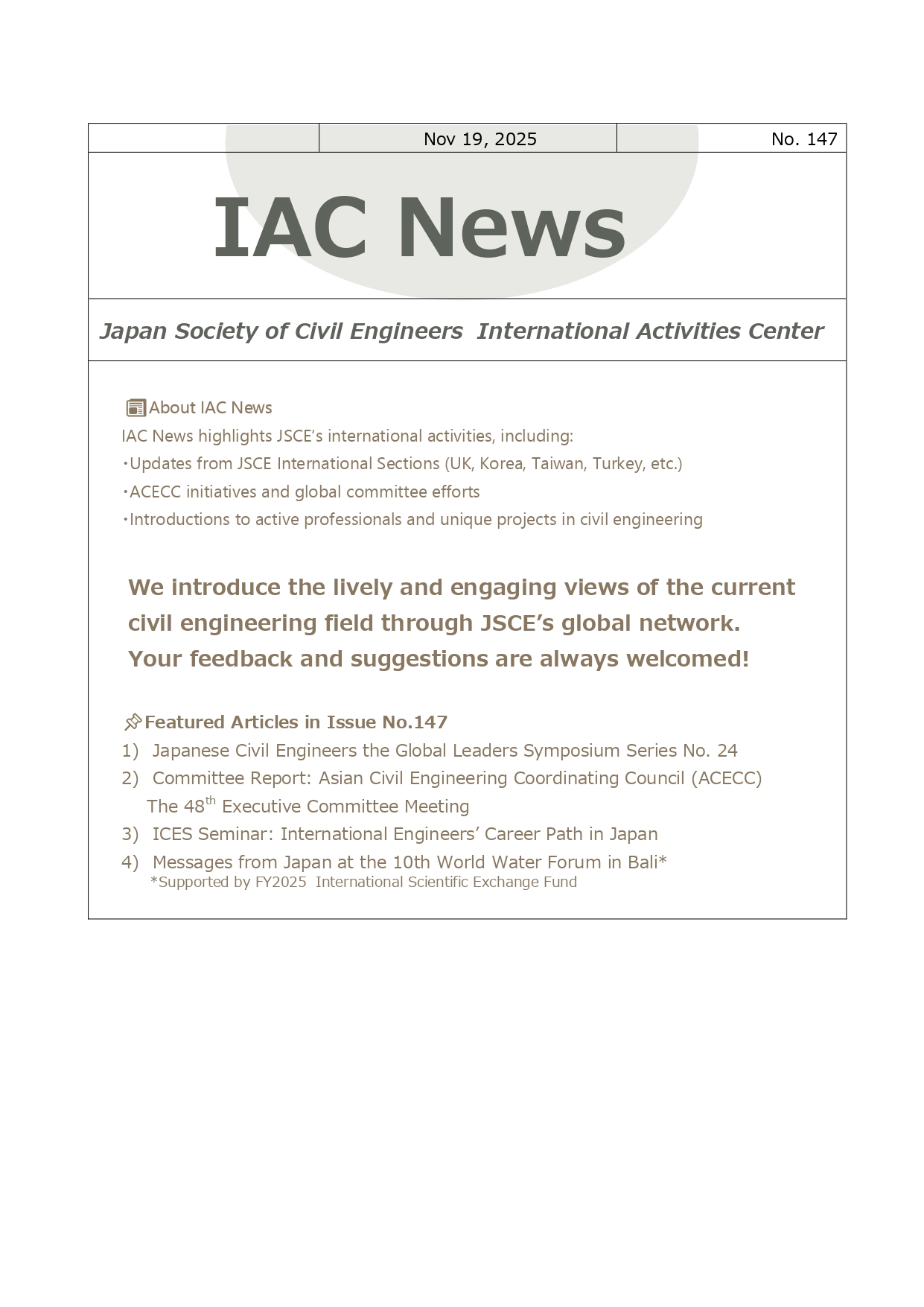2021 Innovative Technique Award
1. Development of Integral Reinforcement Method with Nail-Reinforced Soil for Existing Steel Bridges, with Structure Changes Integrating Steel Girder, Abutments and Embankments
- Masayuki Koda (Railway Technical Research Institute)
- Takahiro Nonaka (TOKYU CONSTRUCTION CO., LTD.)
- Taisuke Sanagawa (Railway Technical Research Institute)
- Yusuke Kobayashi (Railway Technical Research Institute)
- Fumio Tatsuoka (Professor emeritus of University of Tokyo and Tokyo University of Science)
For aged steel bridges, in addition to the corrosion of steel girders and bridge bearings, subsidence of backfills occurs, and inclines or cracks in the abutments or subsidence of the backfills may occur during earthquakes. In some cases, this may lead to bridge collapse due to the fragile seismic resistance of abutments and backfills.
To extend the life and increase resistance to disasters of existing steel girder-abutment type bridges without replacing bridges, a reinforcement countermeasure was proposed that integrates steel girders, abutments and backfills by connecting the abutments and backfills with nail-reinforced soil and forming the steel girders and abutments into a rigid-frame structure by RC lining.
The method is called the Integral Reinforcement Method with Nail-Reinforced Soil.
2. Development of "Field Browser" for integrated real-time management of conditions and information at construction sites
- Atsushi Yokoo
- Yasuhiro Nakamura
- Takuya Ise
- Hirokazu Fuchisaki
- Manabu Akoshima
"Field Browser" is a management system for construction sites to display various real time IoT information on a single digital map. People involved can grasp current situation of the construction site anytime anywhere by checking the system on devices like shared message boards, individual PCs or tablets used in and out of the office, to give prompt instructions. Sites are planned to be improved by evaluating the condition with studies and analysis made, based on information collected. Also, the system is flexible to new add-on tools and individual function updates with API connections.
3. Development and Implementation of Earthquake Early Warning for Shinkansen Utilizing Ocean Bottom Seismometers
- Hiroto Suzuki (East Japan Railway Co.)
- Shunroku Yamamoto (Railway Technical Research Institute)
- Shin Aoi(National Research Institute for Earth Science and Disaster Resilience)
- Hiroyuki Miyakoshi(East Japan Railway Co.)
- Hiroyuki Osawa (East Japan Railway Co.)
It is important for Shinkansen to immediate slow down and stop in the event of an earthquake. Shinkansen system is equipped with an earthquake early warning (EEW) system that transmits warnings based on seismic observations. In recent years, an ocean bottom seismometer (OBS) observation network, S-net, has been installed offshore in the Pacific Ocean. Therefore, we developed a method to utilize the data from S-net for the EEW system in order to detect offshore earthquakes, such as the 2011 off the Pacific coast of Tohoku Earthquake more quickly, and to slow down and stop the train faster. We have developed a method of setting threshold value for OBS’s and a method of preventing false warnings. The East Japan Railway Company started utilizing OBS in November 2017.
4. Development of Automated Concrete Pouring System for Mountain Tunnel Lining
- Sho Yamamoto
- Kosuke Tanimura
- Jun Kubota
- Shinya Yamanaka
- Tsunehide Okubo
Automated Concrete Pouring System for Mountain Tunnel Lining is based on automatic construction of pouring middle performance concrete that has superior flowability and resistance to material segregation in a sliding formwork using an equipment of switching pipe with manipulator and compacting it with formwork vibrators. The realization of automated concrete lining is based on patterning concrete lining, using ICT, digitizing, and visualizing with all kinds of sensors to evaluate status of working and compacting as well as automatically control the equipment. By automating the concrete lining work and performing automatic operation, it is possible to eliminate variation in quality, enable high quality, infilled concrete, and reduce construction cycle time.
5. Cutting-Edge Technology of Distributed Optical Fiber Sensor towards Civil Infrastructure Monitoring
- Michio IMAI
- Hideki NAGATANI
- Yasuyuki MIYAJIMA
- Yohei TAIRA and Junichi KAWABATA
Leveraging the cutting edge of distributed optical fiber sensor, innovative civil infrastructure monitoring technology has been successfully developed. At first, developed sensor provides overwhelming performance. Secondly, simple and robust installation technology has been accomplished. Finally, processing technology for big amount of data has been developed. This technology can visualize inside of structures, soils and rocks clearly and instantly. It can contribute to both construction management and maintenance for long, furthermore it could cause a paradigm shift in infrastructure sensing.
6. Development of Blasting Drilling Technology (BLAST MASTER) without Reliance of Skilled Workers
- Kousuke Kakimi
- Tsuyoshi Fukuda
- Hiroyuki Otsubo
- Takumi Arai
- Yuuki Nagao
In recent years, the construction industry has been faced with a chronic shortage of labor, which has resulted in a decrease in the number of skilled workers as well as the need for business succession and technology transfer. Mountain tunneling, in particular, has required the experience and intuition of skilled workers as they excavate through heterogeneous ground. In other words, the quality of excavation has depended on the skills of skilled workers. To solve this problem, we developed a new blasting drilling technology (BLAST MASTER) which does not require skilled workers has been developed.
The BLAST MASTER has a system that steadily reduces over excavation through PDCA cycle. The BLAST MASTER has been applied to several different types of ground and was able to reduce over excavation and create a smooth excavation cross-section.
7. Development of joint structure of precast slabs (Head-bar joint®) using plate fixing reinforcing bars
- Tetsuo Kawaguchi
- Hitoshi Takeda
- Toshitaka Shimazaki
- Mitsutoshi Takashima
- Zhao Weijian
Deterioration has become apparent in RC slabs of road bridges constructed during the period of high economic growth, and many works are being carried out to replace the existing RC slabs with the precast slabs. Here, it is required to shorten the construction period at the site. Therefore, in order to improve workability and shorten the construction period, we have developed a new joint structure (Head-bar joint®). This technology consists of plate fixing type reinforcing bars and high-strength fiber reinforced mortar, which can greatly improve the fixing performance and significantly reduce the filling width. Further, it is not necessary to arrange the reinforcing bars in the perpendicular direction in the joint. In addition, the filling material can be simplified and the workability of joint construction is greatly improved, so that the construction period can be shortened.

